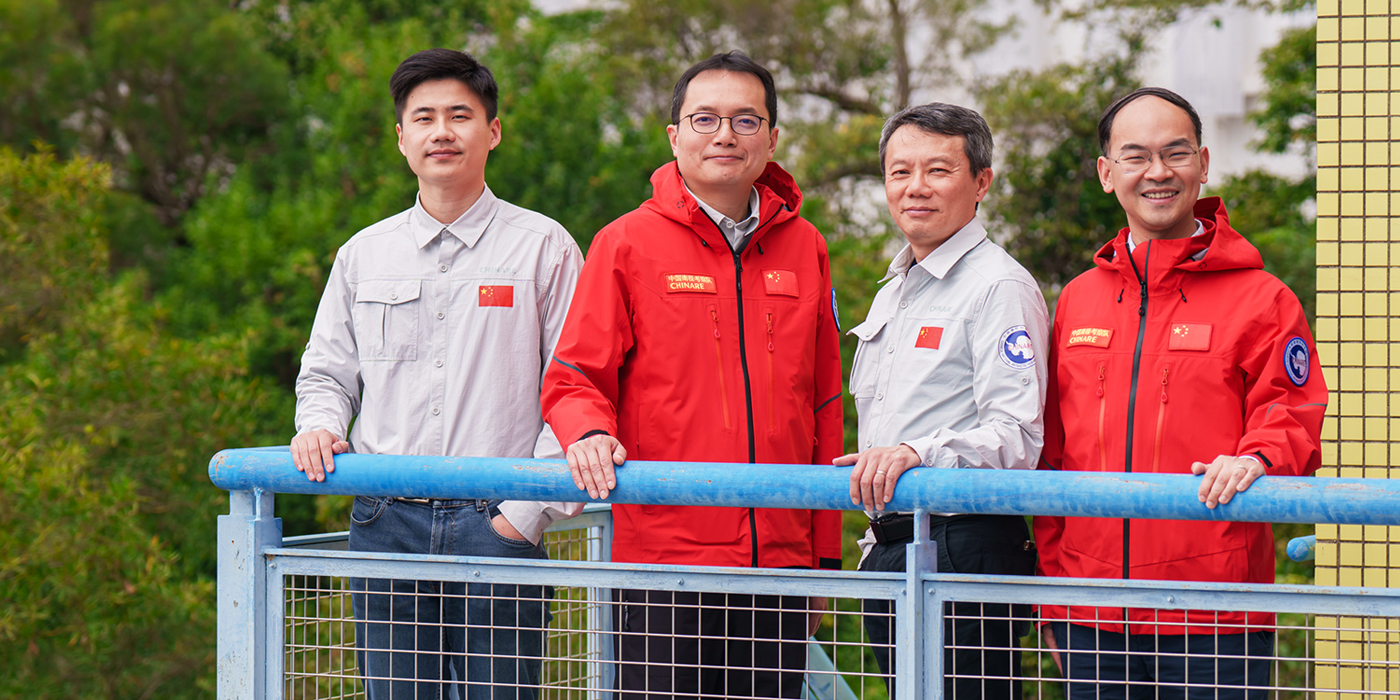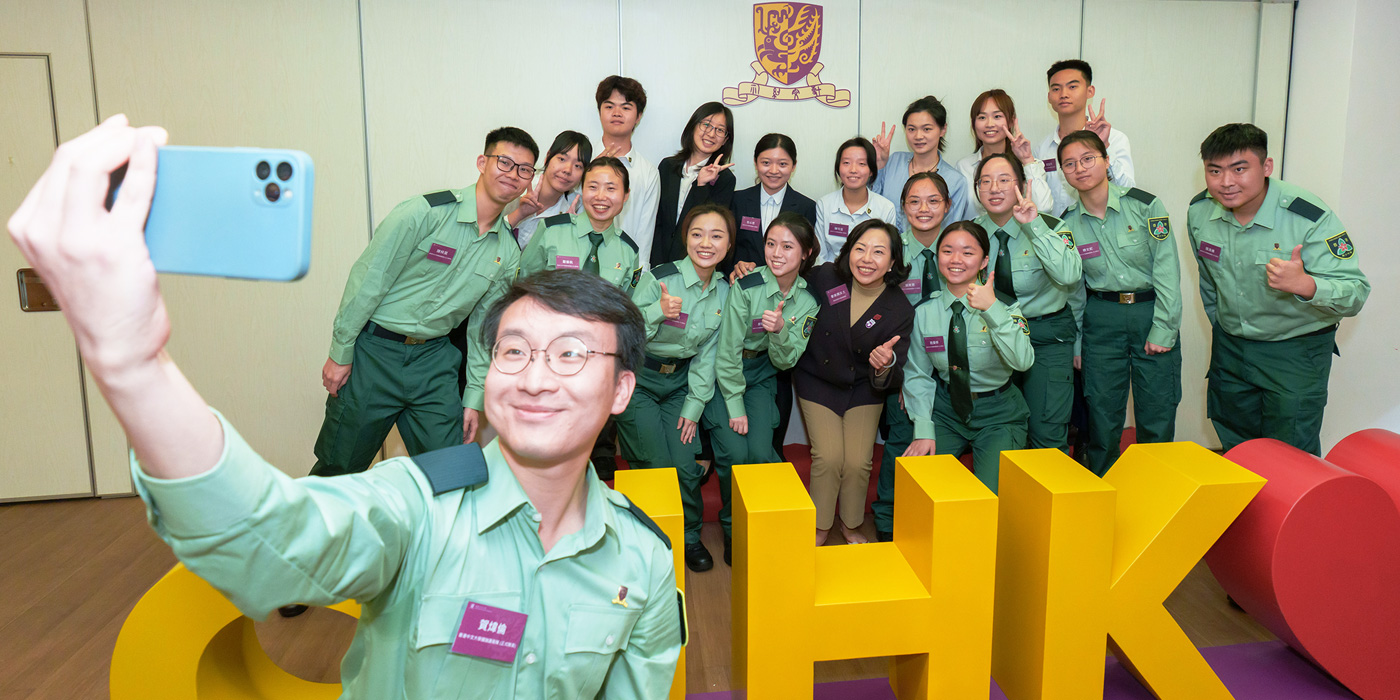Overcoming challenges in brain tumour therapy
World-first magnetically driven patient-derived blood hydrogel robot developed
14 May 2025
A collaborative research team comprising CUHK and mainland partner institutions has developed the world’s first magnetically-driven blood hydrogel fibre robots, marking a significant advancement in the treatment of deep-seated brain tumours.
The research is led by Professor Zhang Li from CUHK’s Department of Mechanical and Automation Engineering; Professor Wang Ben, an associate professor at Shenzhen University’s College of Chemistry and Environmental Engineering; and Dr Xu Tiantian from the Shenzhen Institutes of Advanced Technology (SIAT), Chinese Academy of Sciences. The robot was developed in the SIAT-CUHK Joint Laboratory of Robotics and Intelligent System.
Intracranial tumours located in deep brain regions or adjacent to functional areas have long posed significant challenges in clinical treatment. Conventional surgery often carries the risk of irreversible neurological damage due to the complexity of anatomical pathways. On the other hand, radiotherapy may result in radiation necrosis of normal brain tissue, while chemotherapy is limited by the low permeability of the blood-brain barrier, making it difficult to achieve effective drug concentrations. Therefore, developing a non-invasive, precise and efficient treatment for such tumours remains an urgent and formidable challenge.
To address the issues, the Hong Kong-Shenzhen interdisciplinary team has developed an innovative, magnetically driven, biohybrid blood hydrogel fibre robot based on the patient’s own blood that significantly reduces the risk of immune rejection. Coupled with X-ray imaging technology, the entire therapeutic process can be monitored and precisely guided in real time.
The team has, in a breakthrough approach, selected cerebrospinal fluid as the robot’s natural channel for transportation. By integrating a specially designed multimodal magnetic actuation strategy, the robot can precisely navigate through brain structures and reach the tumour site. Upon arrival at the target, the robot is fragmented efficiently to release the chemotherapeutic agents it carries. This increases local drug concentration, enhances therapeutic efficacy and reduces systemic side effects.
Professor Zhang said: “This innovative, magnetically driven blood hydrogel fibre robotic system integrates cutting-edge technologies from multiple disciplines, including biomaterials and intelligent microrobotics. It demonstrates the advantages of collaborative innovation and resource sharing between Hong Kong and Shenzhen in the fields of biomaterials, soft robotics and medical imaging, paving a new path for precise, non-invasive treatment of intracranial tumours located in deep brain regions or adjacent to functional areas.”
This research was supported by the Research Grants Council of Hong Kong, the Croucher Foundation, the National Natural Science Foundation of China, the Shenzhen Science and Technology Programme, the SIAT-CUHK Joint Laboratory of Robotics and Intelligent Systems and Intelligent Systems, and the Multi-Scale Medical Robotics Center, InnoHK.
For the full research, please visit: https://www.nature.com/articles/s41551-025-01382-z




















